Guide To Pruning Oakleaf Hydrangeas: How & When To Cut Back Bushes So You Don’t Lose Any Blooms
Pruning oakleaf hydrangeas is simple, but for the best blooms and the healthiest plants it's vital to follow a few rules. Learn how and when to prune properly.
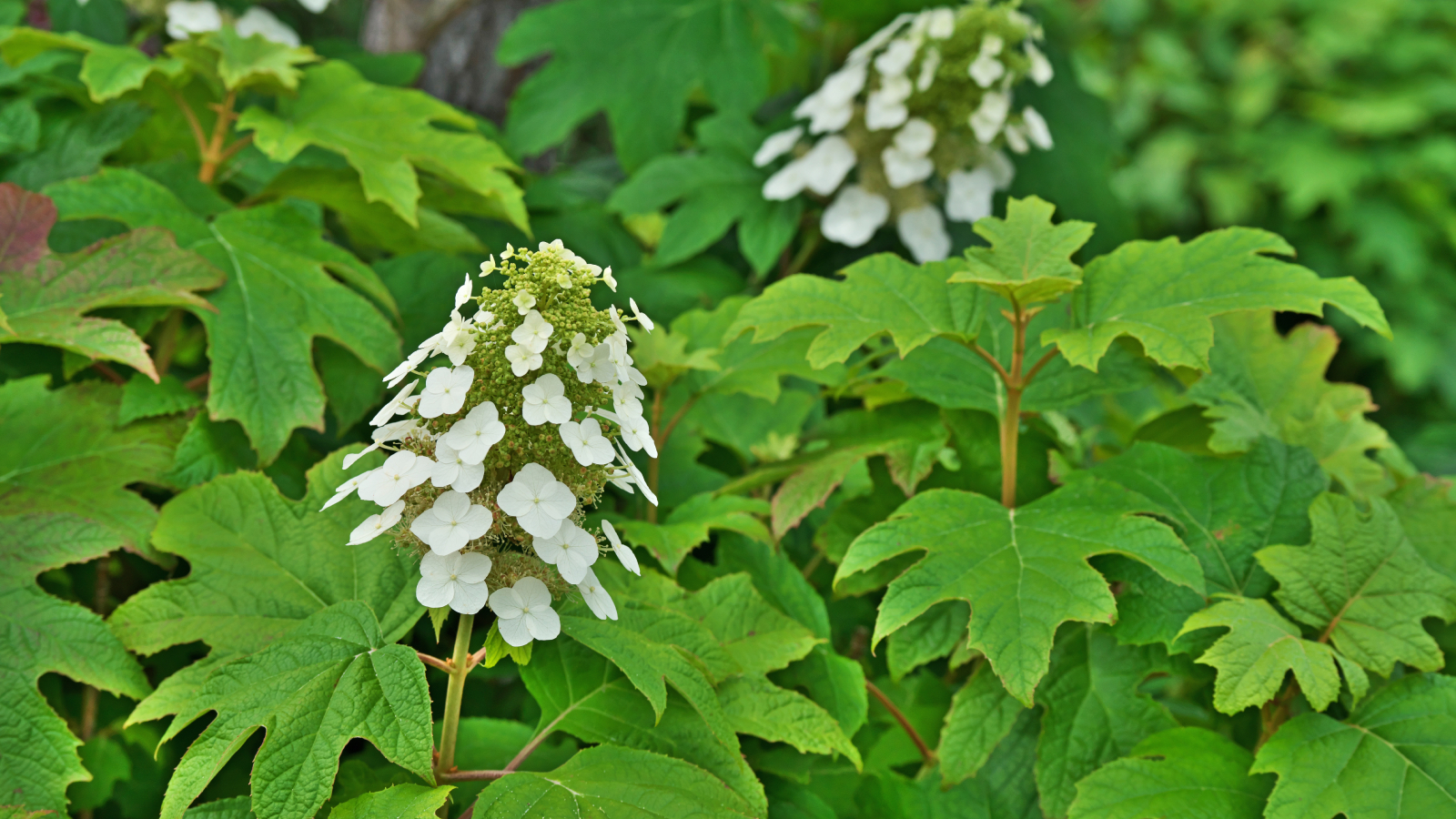

Amy Draiss
Pruning hydrangeas can be confusing because there are so many types with differing needs, and pruning oakleaf hydrangeas is no different. Determining when and how to trim these beautiful native shrubs can be overwhelming for new gardeners. Luckily, learning how to prune your shrubs properly doesn’t have to be hard.
Oakleaf hydrangeas do not require much pruning and will reach a nice size and look lovely with very little effort. However, they do occasionally require some trimming. So understanding how and when to prune hydrangeas the right way is an important part of proper care. Let’s take a look at how to prune these shrubs to ensure you grow oakleaf hydrangeas that are strong, healthy, long-lasting, and produce tons of blooms.

Whether it's a big job in the fall, a little job in the spring, we have all the garden tools you'll need for a happy, healthy garden in the Gardening Know How Shop.
Do You Need to Prune Oakleaf Hydrangeas?
Oakleaf hydrangeas (Hydrangea quercifolia) are one of the few native hydrangea varieties in North America, making them easy-to-grow with minimal care. That includes pruning. Oakleaf hydrangeas do not need annual pruning or excessive pruning.
However, learning how to prune oakleaf hydrangeas bushes when it is necessary is vital to your shrub’s health and flowering. Pruning the wrong way or at the wrong time can diminish blooms or weaken plants. Oakleaf hydrangeas, like the gorgeous 'Alice' cultivar now available in the Gardening Know How Shop, have different pruning needs than other hydrangea varieties, so let’s dig into the differences.
Like many other types of hydrangeas, oakleaf varieties produce clusters of small flowers on panicles. Oakleaf panicles are cone-shaped clusters of white flowers that turn pink later in the season.
However, one of the easiest ways to distinguish an oakleaf hydrangea from other types is by looking at its leaves. As the name suggests, the leaves resemble those of oak trees. Other hydrangeas have oval or heart-shaped leaves. Oakleaf hydrangea is also the only type that offers good fall foliage color, turning a deep reddish purple.
Knowing you have an oakleaf hydrangea is important because this informs your pruning plan. Oakleaf hydrangeas bloom on old wood, which means if you prune at the wrong time or too heavily, you will lose next year’s flowers. Improper pruning, often from a lack of understanding about the difference between old and new wood, is one of the most common reasons for a hydrangea not blooming.
Gardening tips, videos, info and more delivered right to your inbox!
Sign up for the Gardening Know How newsletter today and receive a free copy of our e-book "How to Grow Delicious Tomatoes".
When to Prune Oakleaf Hydrangea
Since oakleaf hydrangeas bloom on old wood, the best time to prune them is right after they bloom. Do any necessary oakleaf hydrangea pruning soon after the flowers are spent, typically in June or July. Earlier is better, as this gives the plant plenty of time to develop buds for the following year.
Never prune oakleaf hydrangeas in late winter or spring. If you prune then, you will trim off the old growth on which the flower buds form. You will see fewer flowers in the summer if you prune early in the season.
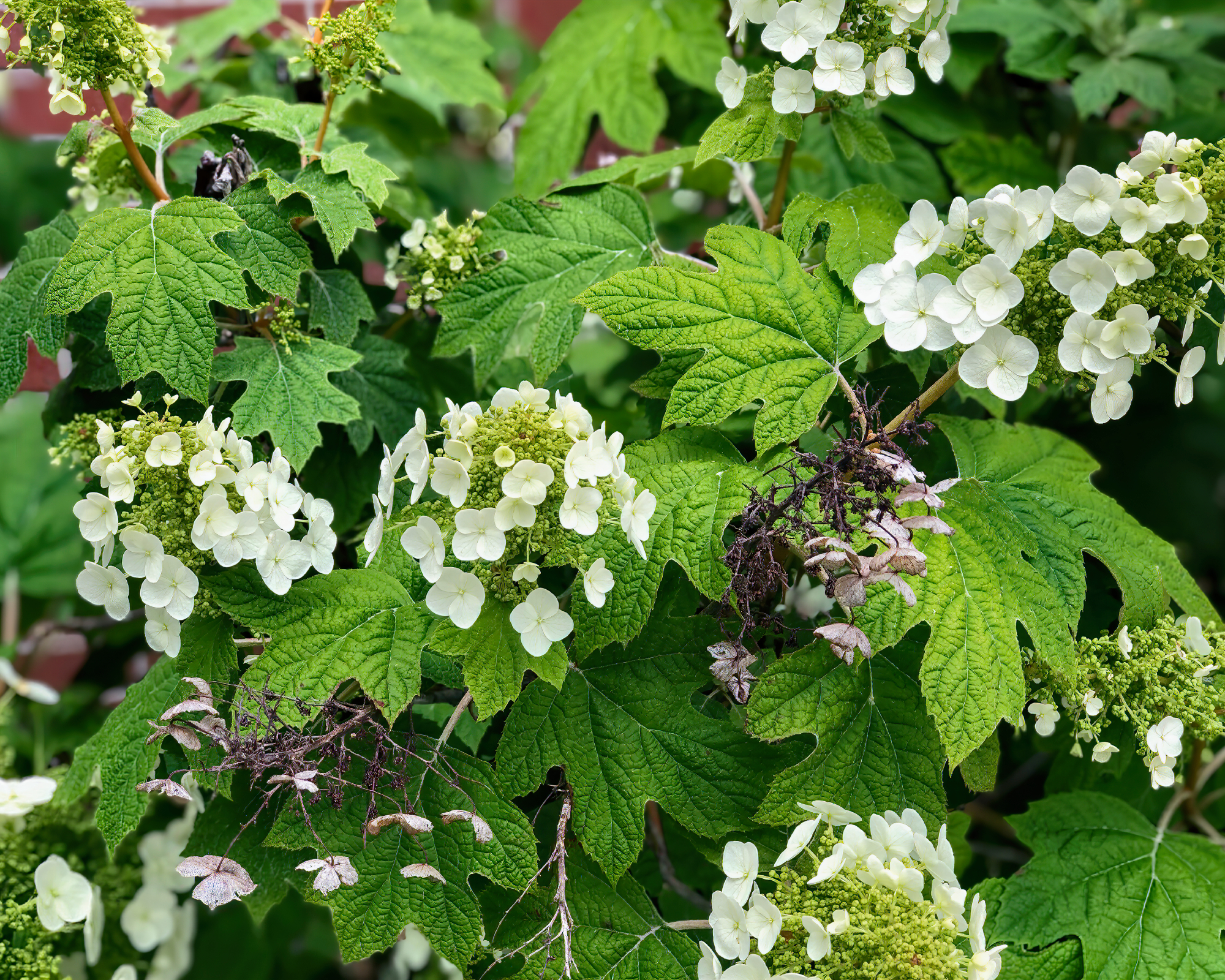
Some people also like to prune off the dead flowers, also known as deadheading hydrangeas. This isn’t necessary, but if you prefer the look of the shrubs without them, trim off faded panicles any time after the flowers are spent. You can also prune back dead branches any time of year without impacting flowering.
How to Prune Oakleaf Hydrangea
Use a light touch when pruning oakleaf hydrangeas. This type of hydrangea looks best when allowed to grow naturally, so heavy pruning is often unnecessary. However, one instance when you should always prune oakleaf hydrangeas or any shrub is when there are dead, diseased, or crossing branches.
When removing dead or diseased branches, cut them back to the ground or where they meet another branch. When removing crossing branches, prune out the weaker branch. If one of the crossing branches is growing in towards the center of the bush or down towards the ground, remove that one and leave the other.
When trimming for size or shape, cut branches all the way to the ground or down to a spot just above a pair of buds. Remove spent panicles where they meet the stem, but avoid cutting any lower on the branch.
Although it’s not typically necessary, cutting back oakleaf hydrangeas can help bring overgrown shrubs under control. Heavy pruning may affect flowering for a year or even two to three years.
Since heavy pruning will likely impact flowering, you can do this job in spring or summer and just know that you will miss out on blooms that year. Trim branches all the way to the ground to stimulate new growth. Prune new branches to your desired shape.

Oakleaf Hydrangeas Pruning Mistakes
Heavily trimming oakleaf hydrangea is an option, but how far back can you prune oakleaf hydrangea before it becomes a problem? Heavy pruning is not typical for this type of hydrangea, but it is possible. Plants will regrow, but expect to take a hit to flowering for at least one year and possibly longer.
The more common issue with pruning oakleaf hydrangeas is doing lighter trimming at the wrong time. Many gardeners trim shrubs in spring, but cutting back oakleaf hydrangeas then will reduce flowering—possibly significantly. The most important things to remember are to trim oakleaf hydrangeas at the right time and to prune lightly.
Frequently Asked Questions
Do Oakleaf Hydrangeas Bloom on Old or New Wood?
Oakleaf hydrangeas bloom on old wood, which is why it is important to prune in summer rather than in late winter or spring.
What Happens if You Don’t Prune Oakleaf Hydrangeas?
Oakleaf hydrangeas do not need a lot of pruning. If you do not prune them, they will simply grow larger but still look nice. Shrubs can start to look untidy if you do not prune away dead branches or shape them lightly every few years.
This article features products available from third party vendors on the Gardening Know How Shop. Keep in mind that our plant inventory is limited—so if you’re thinking of purchasing, don’t wait!

Mary Ellen Ellis has been gardening for over 20 years. With degrees in Chemistry and Biology, Mary Ellen's specialties are flowers, native plants, and herbs.
- Amy DraissDigital Community Manager
-
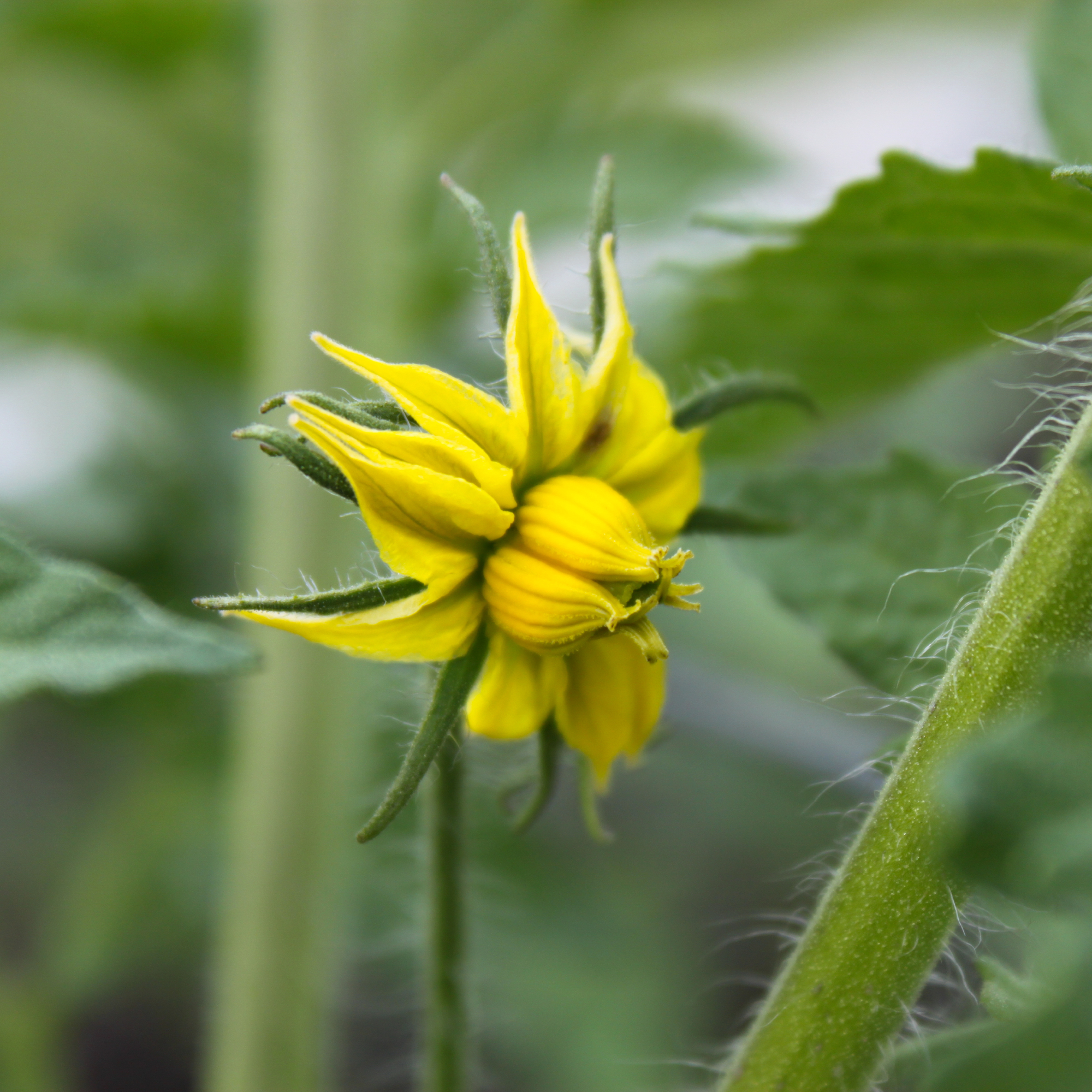 Do Your Tomato Flowers Look Weird? They Could Be Tomato Megablooms – What That Means For Plants
Do Your Tomato Flowers Look Weird? They Could Be Tomato Megablooms – What That Means For PlantsTomato megablooms can startle gardeners, but these weird-looking flowers are nothing to worry about. Learn why they occur and what to do if you find one.
-
 9 Must-Sow Flower Seeds For June That Bloom Fast And Keep Your Garden Bursting With Color All Summer Long
9 Must-Sow Flower Seeds For June That Bloom Fast And Keep Your Garden Bursting With Color All Summer LongAdd impact to beds, borders, and containers with these easy, fast-growing flowers that grow beautifully from seed – just in time for a dazzling summer display.
-
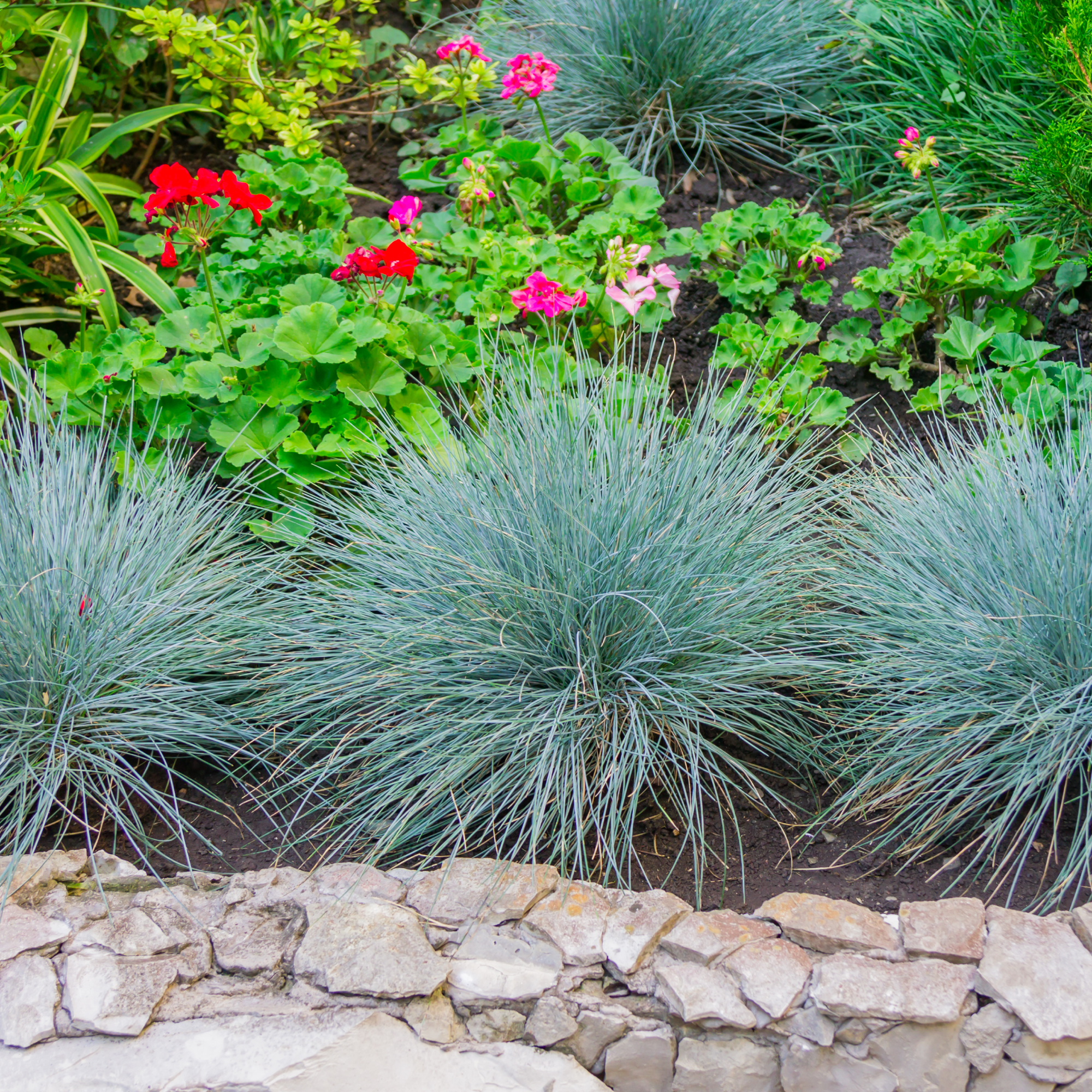 6 Blue Ornamental Grasses That Will Wow Your Neighbors And Add A Unique Touch To Your Landscape
6 Blue Ornamental Grasses That Will Wow Your Neighbors And Add A Unique Touch To Your LandscapeChoosing a blue ornamental grass can dress up borders and yards with striking color that changes with the seasons.
-
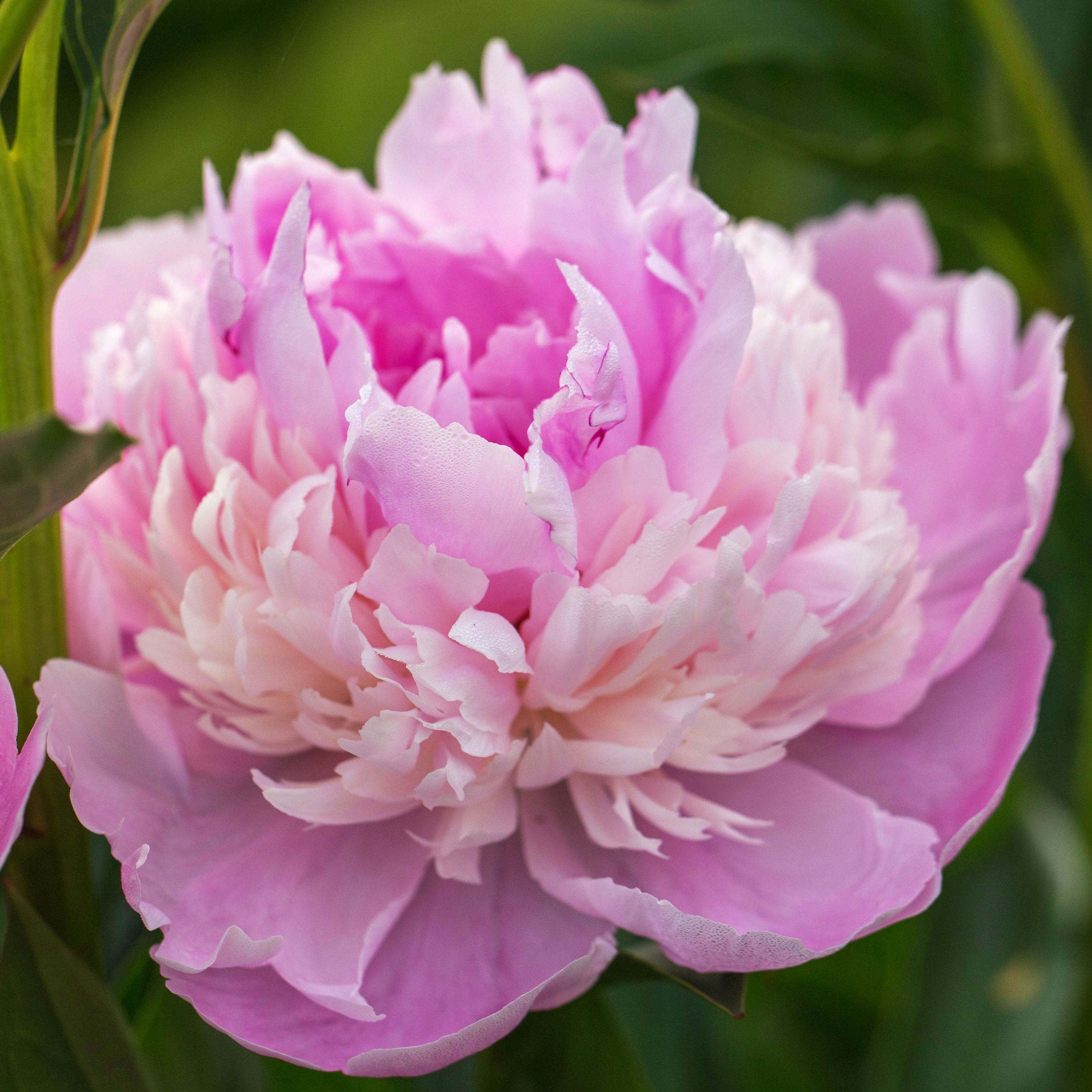 How To Grow A Sorbet Peony For Fluffy Pink Double Blooms With Unique Frills
How To Grow A Sorbet Peony For Fluffy Pink Double Blooms With Unique FrillsFor pink peonies with a unique edge, the Sorbet peony is a super-frilly bloomer with marshmallow and cream colored petals. Here’s how to grow this dynamic cultivar
-
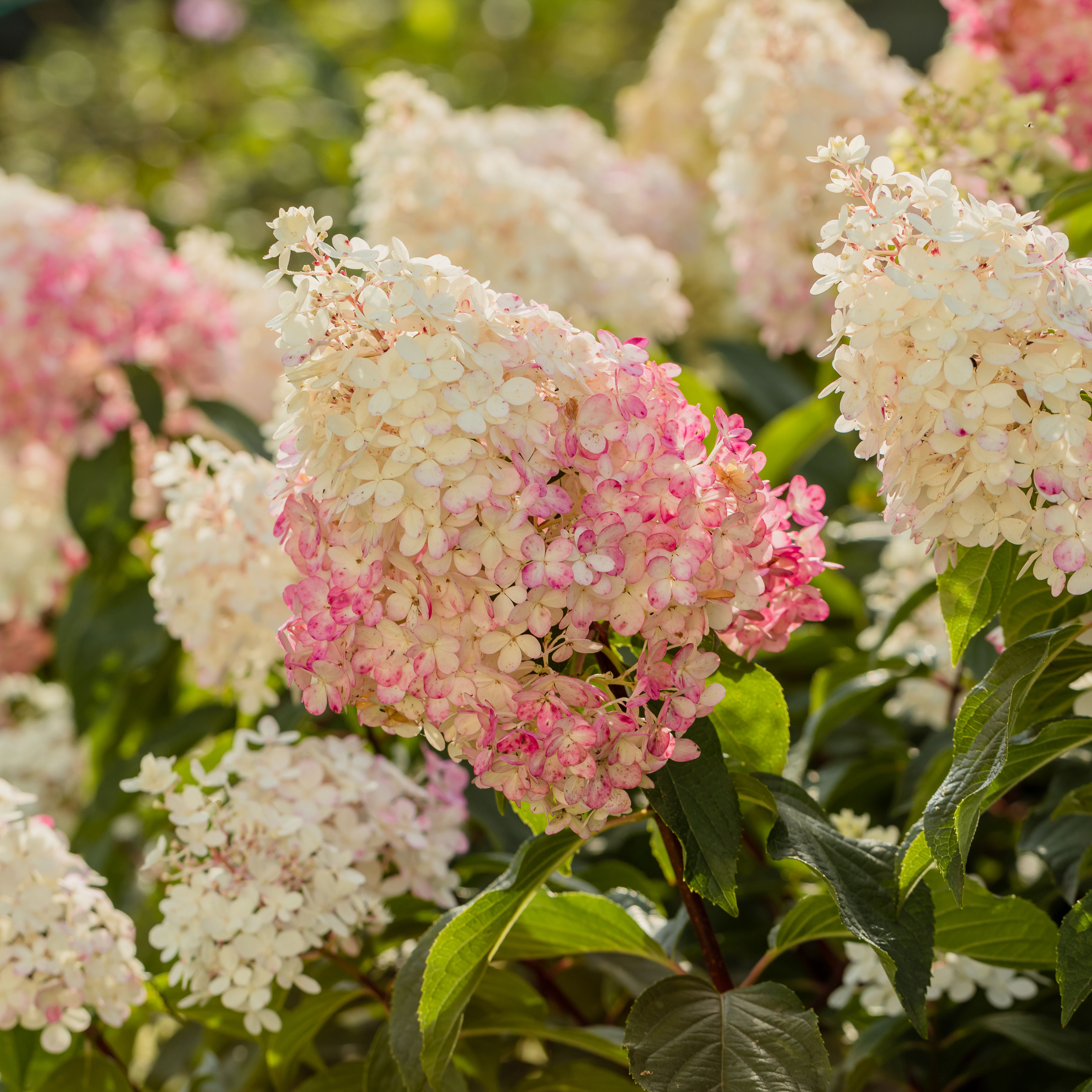 Grow Vanilla Strawberry Hydrangea Shrubs: Try Vanille Fraise Hydrangeas For Sweet Blooms Every Summer
Grow Vanilla Strawberry Hydrangea Shrubs: Try Vanille Fraise Hydrangeas For Sweet Blooms Every SummerFor a dreamy shrub that brings soft color variations and long lasting visual interest, grow a Vanilla Strawberry hydrangea. Here’s how to care for Vanille Fraise shrubs
-
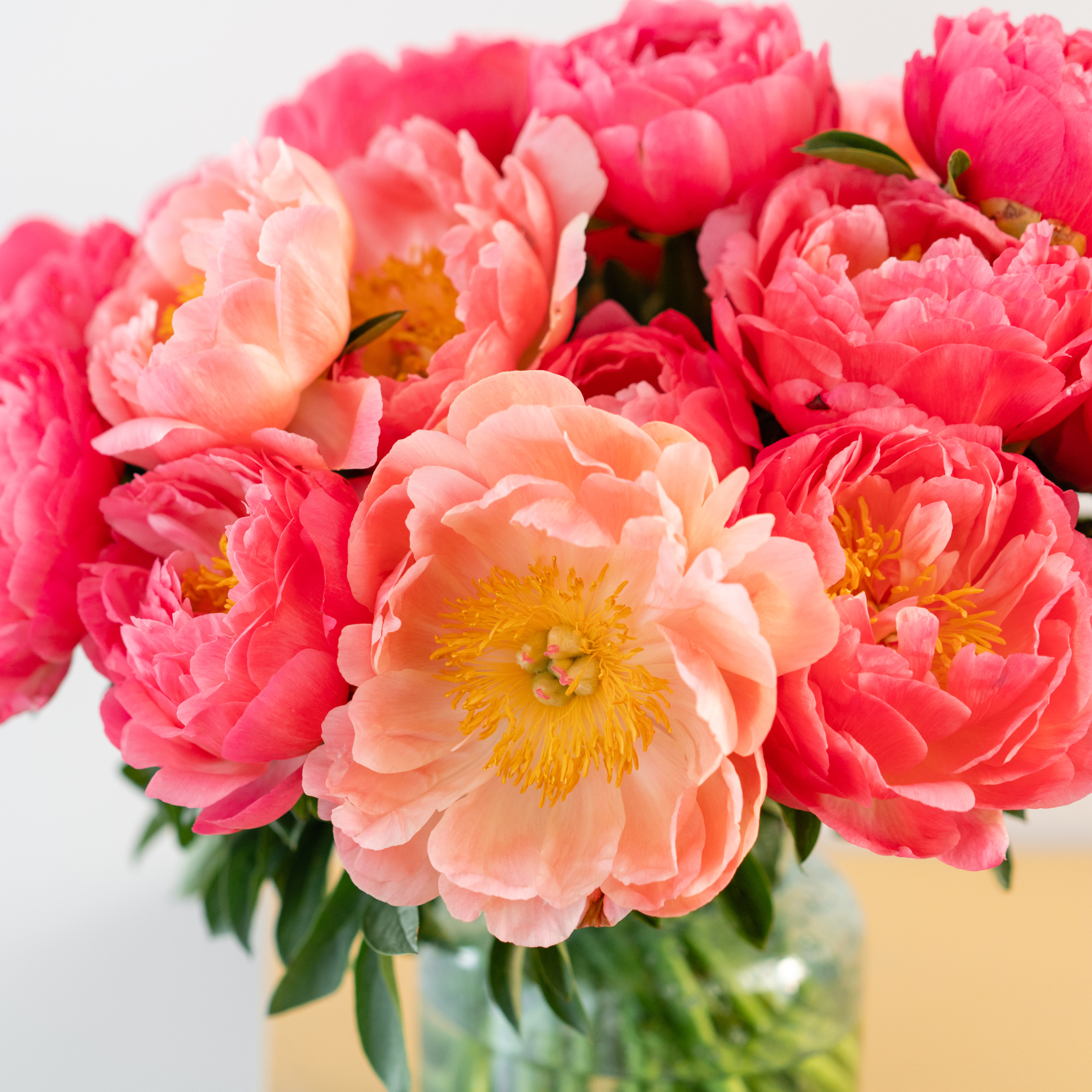 Coral Sunset Peony: Your Complete Guide To This Beautiful Color-Changing Hybrid
Coral Sunset Peony: Your Complete Guide To This Beautiful Color-Changing HybridThe coral sunset peony is a gorgeous addition to any garden. This beauty has double blooms that undergo an amazing color change as they age.
-
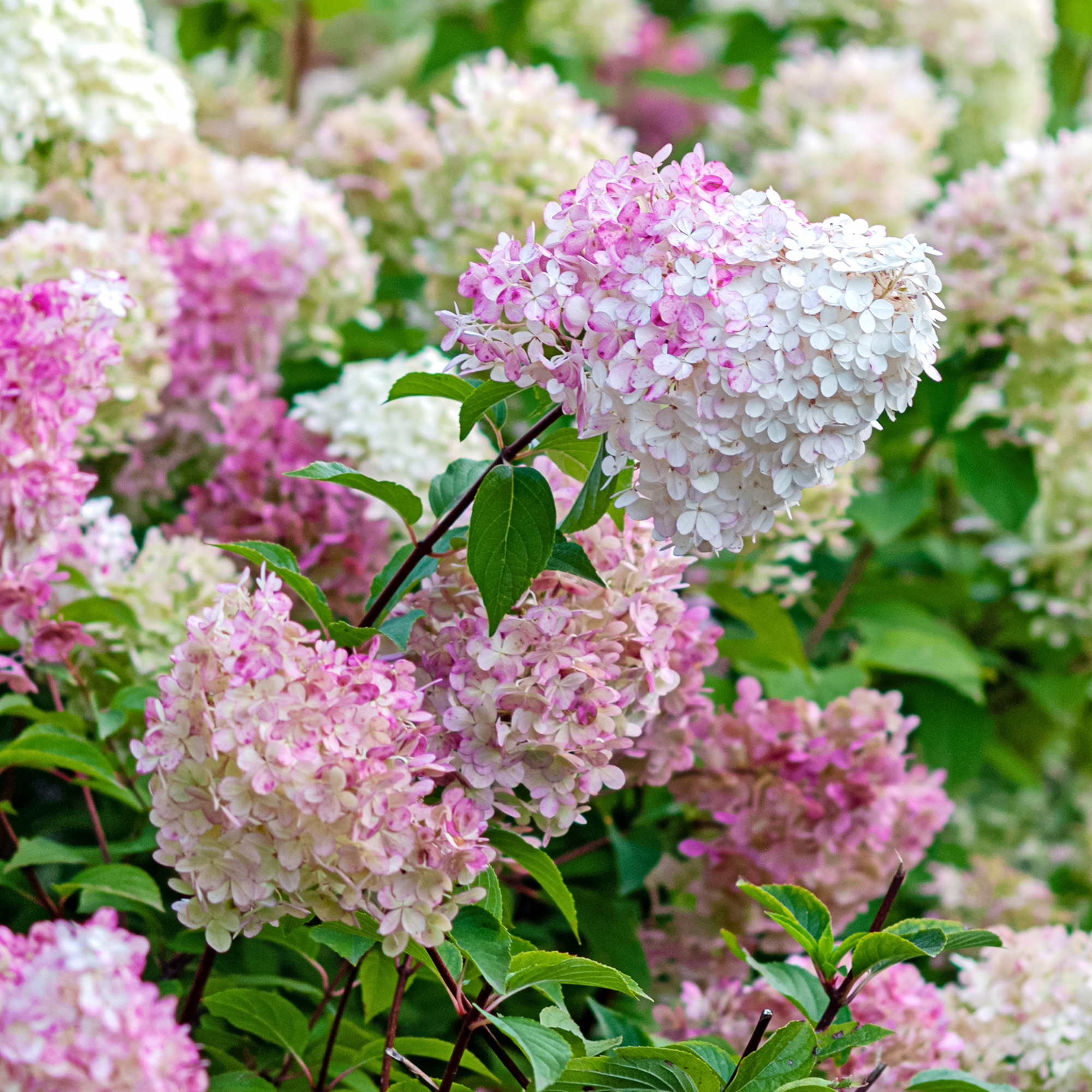 How To Grow Panicle Hydrangeas For Gorgeous, Low-Maintenance Blooms All Summer Long – Plus, Top Cultivars To Try
How To Grow Panicle Hydrangeas For Gorgeous, Low-Maintenance Blooms All Summer Long – Plus, Top Cultivars To TryPanicle hydrangeas are the ultimate low-maintenance shrubs! These beauties bloom all summer and all it takes is a little care. Here's how to help them thrive.
-
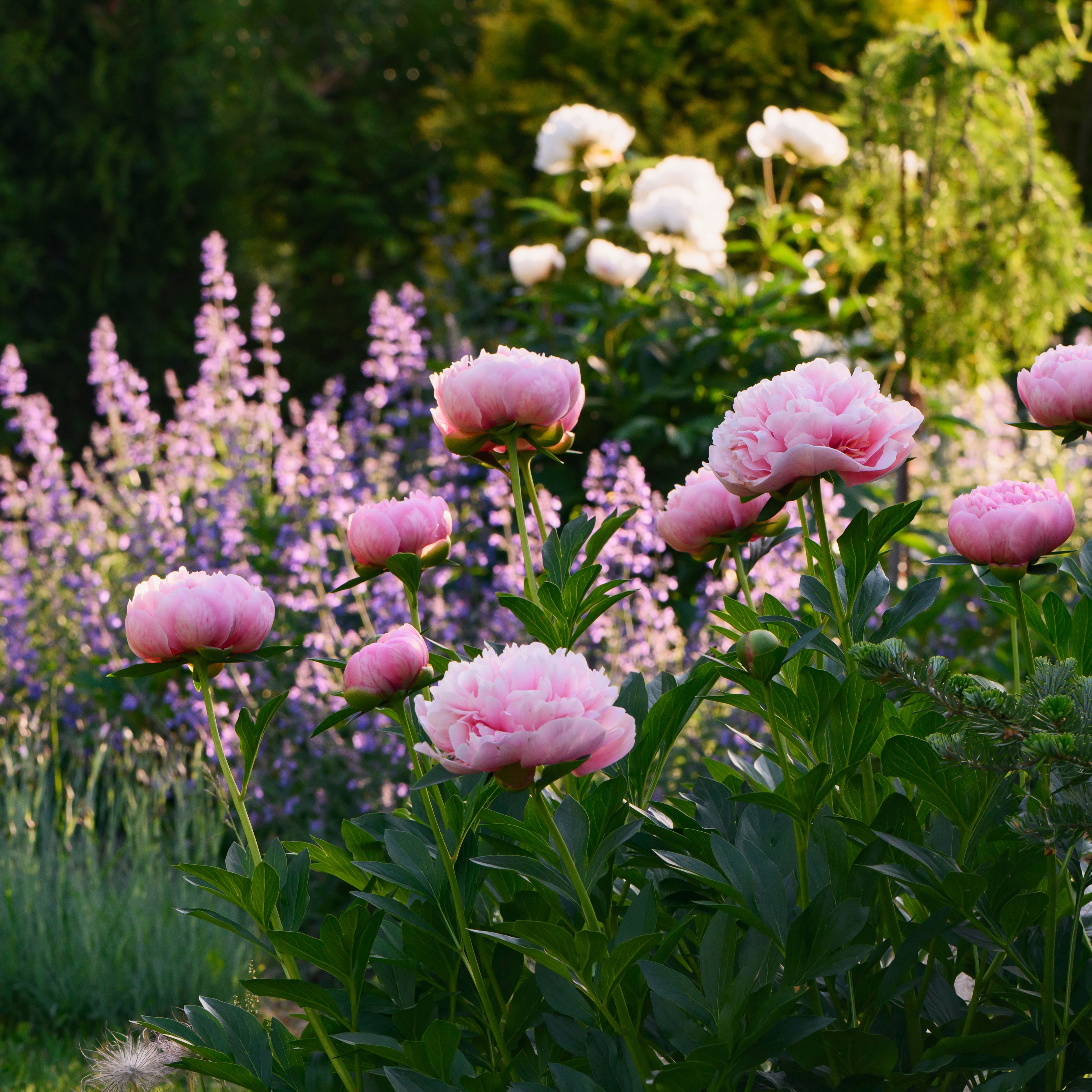 Grow The Peony Dream Team: 9 Peony Companion Plants For Style And Color
Grow The Peony Dream Team: 9 Peony Companion Plants For Style And ColorAs gorgeous as peonies are, they look even better when grown alongside the right ornamentals. Here are 9 peony companion plants to enhance your blooming shrubs
-
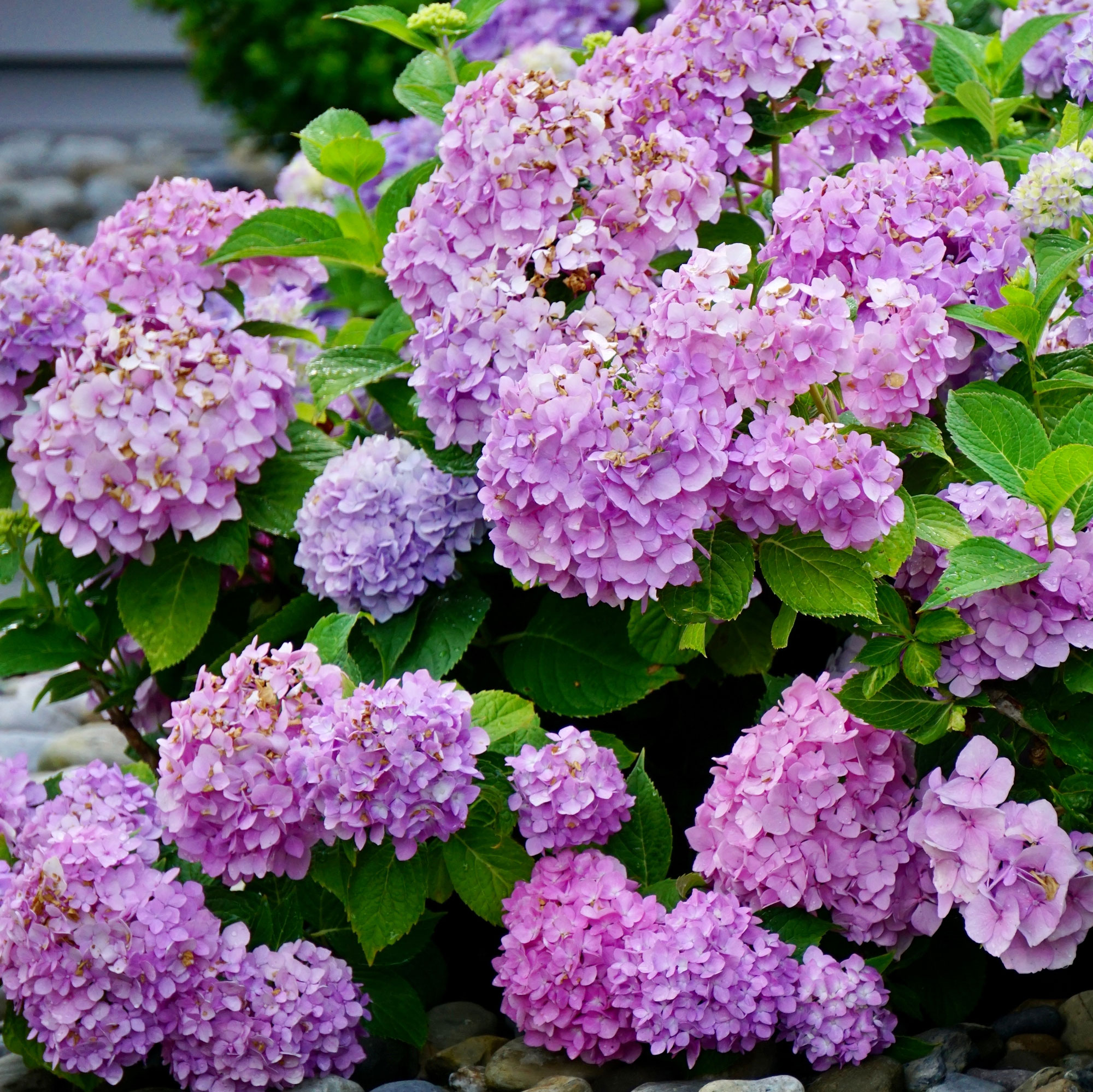 Grow These Eye-Popping Purple Hydrangea Varieties For A Lively On-Trend Tonal Treat
Grow These Eye-Popping Purple Hydrangea Varieties For A Lively On-Trend Tonal TreatFrom subtle indigo to rich violets, a purple hydrangea captures the imagination and adds elegance and verve to borders. Here are some of the finest purple bloomers
-
 How To Grow A Kansas Peony For Sublime Magenta Double Blooms And Enduring Fragrance
How To Grow A Kansas Peony For Sublime Magenta Double Blooms And Enduring FragranceGrowing Kansas peonies will add gorgeous color and fragrance to your garden. Their deep color and lush blooms are sure to make your neighbors jealous!